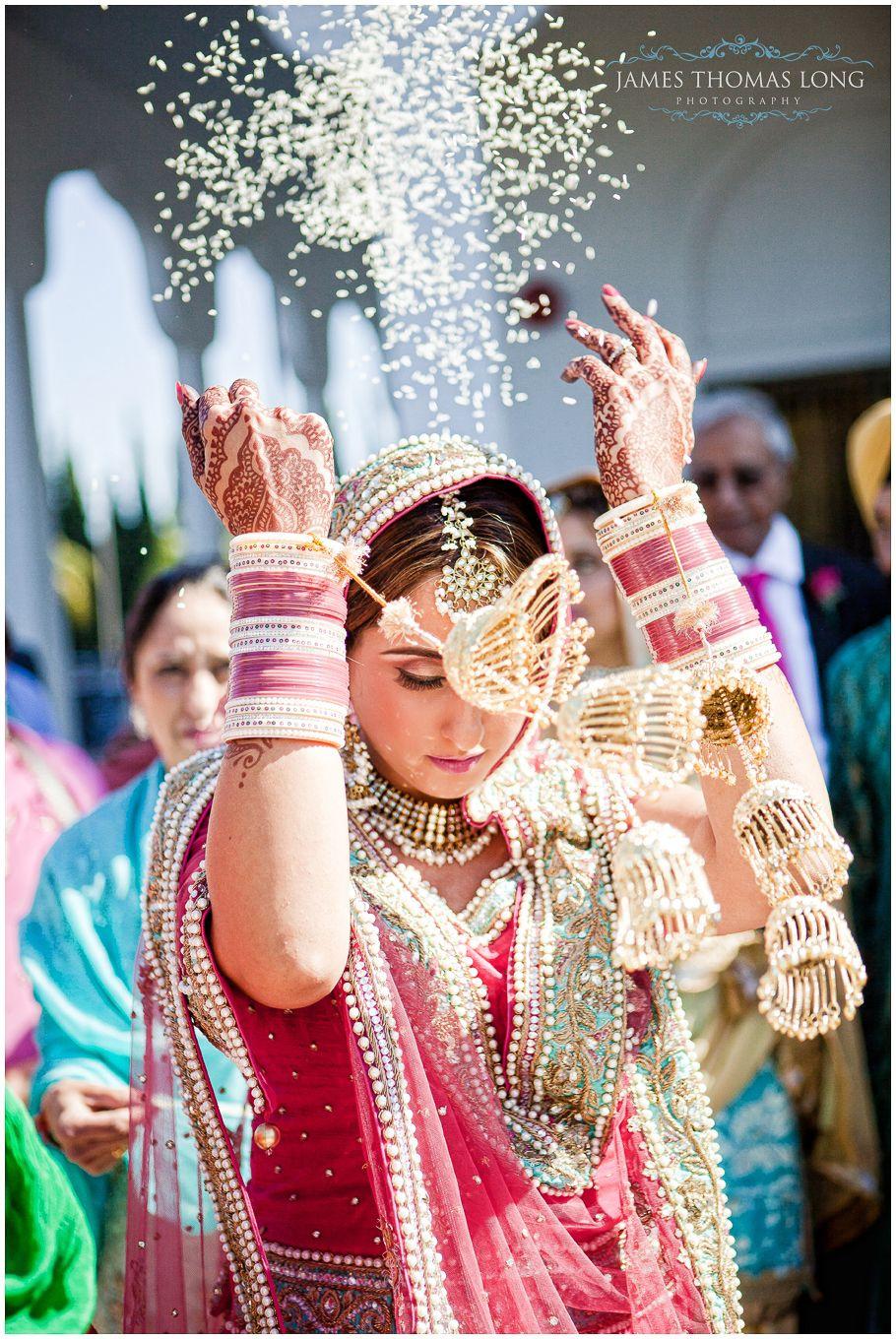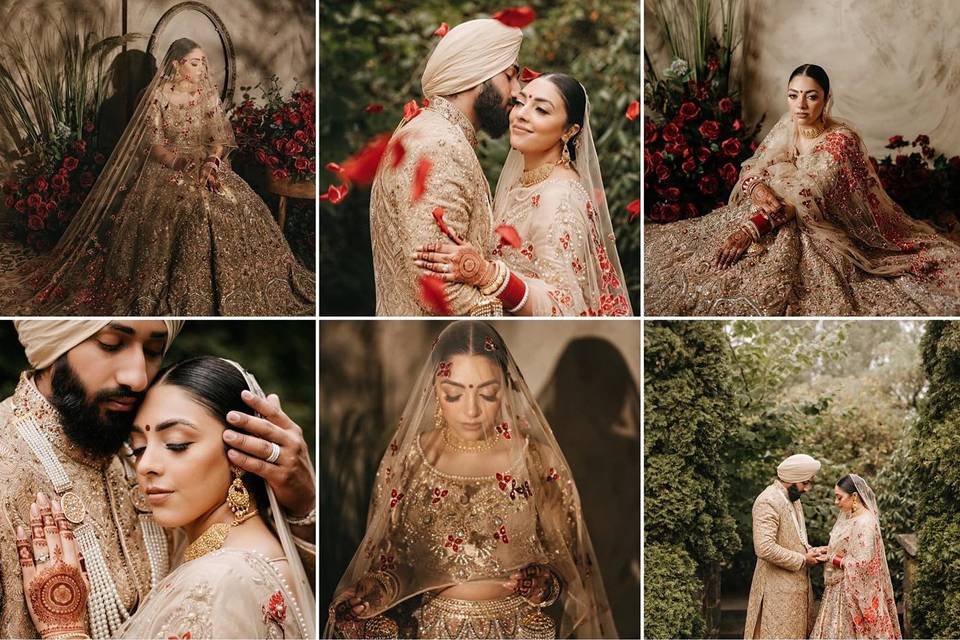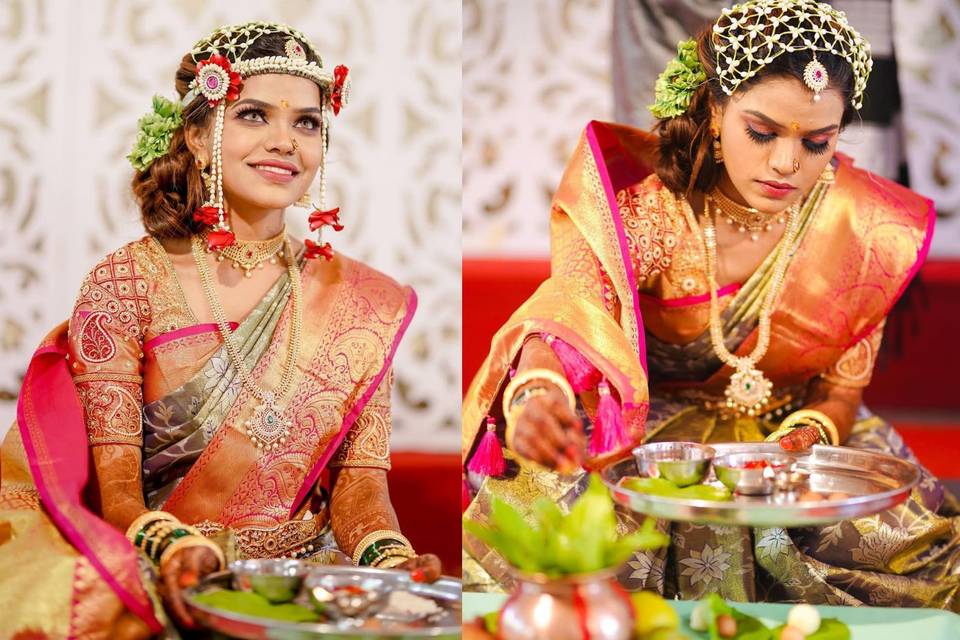Know the Whole Story of Vidaai Ceremony in Indian Weddings
A Vidaai ceremony is the most emotional moment of Indian weddings. But what's the story behind this ritual? Read to know all about the customs & its significance.


When a 'just married' bride leaves her parents' home for the fresh new journey of her life, it's an emotional roller-coaster moment. In the western countries, this event is mostly celebrated with laughter, bidding farewell to the bride with smiles and cheer. But here in India, things are a bit more intense!
Sure there are happy moments when everyone blesses the bride with a life full of happiness and love. But there is also an overwhelming sense of loss. Especially felt by the parents of a bride who find it extremely hard to say "goodbye" to their beloved daughter.

Image Courtesy: Jenny Collen
This moment filled with bittersweet feelings makes a Vidaai ceremony so special...so touching. Keep reading to know more about this beautiful wedding custom and why it's such a significant ritual in Indian weddings.
How it all started

During the times of the Maharajas and the royal era, daughters or rather the princesses were given away to princes or kings from other lands as a 'prize'. Daughters were 'offered' as a gift in case of a peace treaty or surrender. Well, today it all sounds so cringe-worthy doesn't it? As if women were some sort of a property to begin with! But truth be told, that's exactly how the Vidaai ceremony started.
With time and age, the Vidaai ceremony evolved and words like "consent" and "love marriages" came into existence. But the original ritual still remains where the father gives away the daughter to her husband. Except for a few matriarchal societies like the Khasi & Garo tribes in Meghalaya, Bundt & Billava groups in Karnataka and Nairs & Ezhavas in a Kerala wedding.
Why is it significant

Image courtesy: Ishan Fotografi
So why exactly we still follow this age-old tradition of a Vidaai ceremony even after hundreds of years? Why is it still so significant? Let's take you a little deeper to familiarise you with the importance of this tradition. Wedding traditions, to begin with, follow a ritualistic path that has been laid out over the years. The giving away of the bride is one of such special customs that not only signifies a farewell to the bride but also encouraging her to begin a new life. When a father bids Vidaai or "goodbye" to her daughter, he is actually sending her off to a new journey.
A Vidaai ceremony is a two-fold tradition. Where on one hand, the parents send their daughter to a new beginning, the daughter in return, thanks to them for taking care of her for all these years. The reason why there are so many touching Bidaai songs on this situation is the very foundation of love, emotional-connect between the bride and her family as well as the onset of her new life.
What are the rituals

Image Courtesy: James Thomas Long
A Vidaai ceremony is usually carried out right after the Saat phere or the seven rounds around the holy fire in almost every Hindu wedding. In some cases like in a Bengali wedding, the Vidaai ceremony takes place the next morning or next day evening. The time may vary in different cultures. However the steps of the ceremony are pretty much similar in every wedding tradition.
The bride throws rice/wheat grains, mixed with flower petals and coins at her parents from the back (without looking back) while walking towards the exit gate. This particular custom symbolises her gratitude and her attempt to replay the 'dues' to her parents. The rice and coins are symbolic of wealth and prosperity that the bride spreads at every corner of the house. She performs this rice-throwing ritual five times before leaving the house. The family members collect them in their hands as a token.
Once this ritual is completed, the father of the bride takes her hand and gives it to the groom. That's when the groom promises to take care of her for the rest of their lives. This part of the Vidaai ceremony is an extended version of the Kanyadaan ritual.
Vidaai Outfit

Image Courtesy: Harleen Deol Photography
As per the custom, after the wedding is over and the bride dresses up in her bridal lehenga which includes the holy Mangalsutra and Sindoor. Sometimes, if the Vidaai ceremony takes place after a considerable duration, the bride changes into something comfortable. Maybe a light lehenga or a salwar suit. She can also lessen the amount of jewellery or put on some lighter ones. However, the Mangalsutra, the bridal Chura and Sindoor remain as they are integral parts of a bride's Shingar.

Image Courtesy: MV Visual Artistry
When the newly married bride walks towards the wedding car or Palanquin to begin her new journey, everyone tears up. There are mixed feelings and bittersweet emotions. A father gives away his precious princess to another man- it's a difficult moment. But, not a completely sad one. Where on one hand everyone is sentimental about a daughter's farewell, they're happy about her new life too. That's the beauty of a Vidaai ceremony. It's like a completely new phase opens up in a woman's life filled with memories as well as dreams!
If you need wedding transport services for a newly married couple, take a look at our vendors' list.











